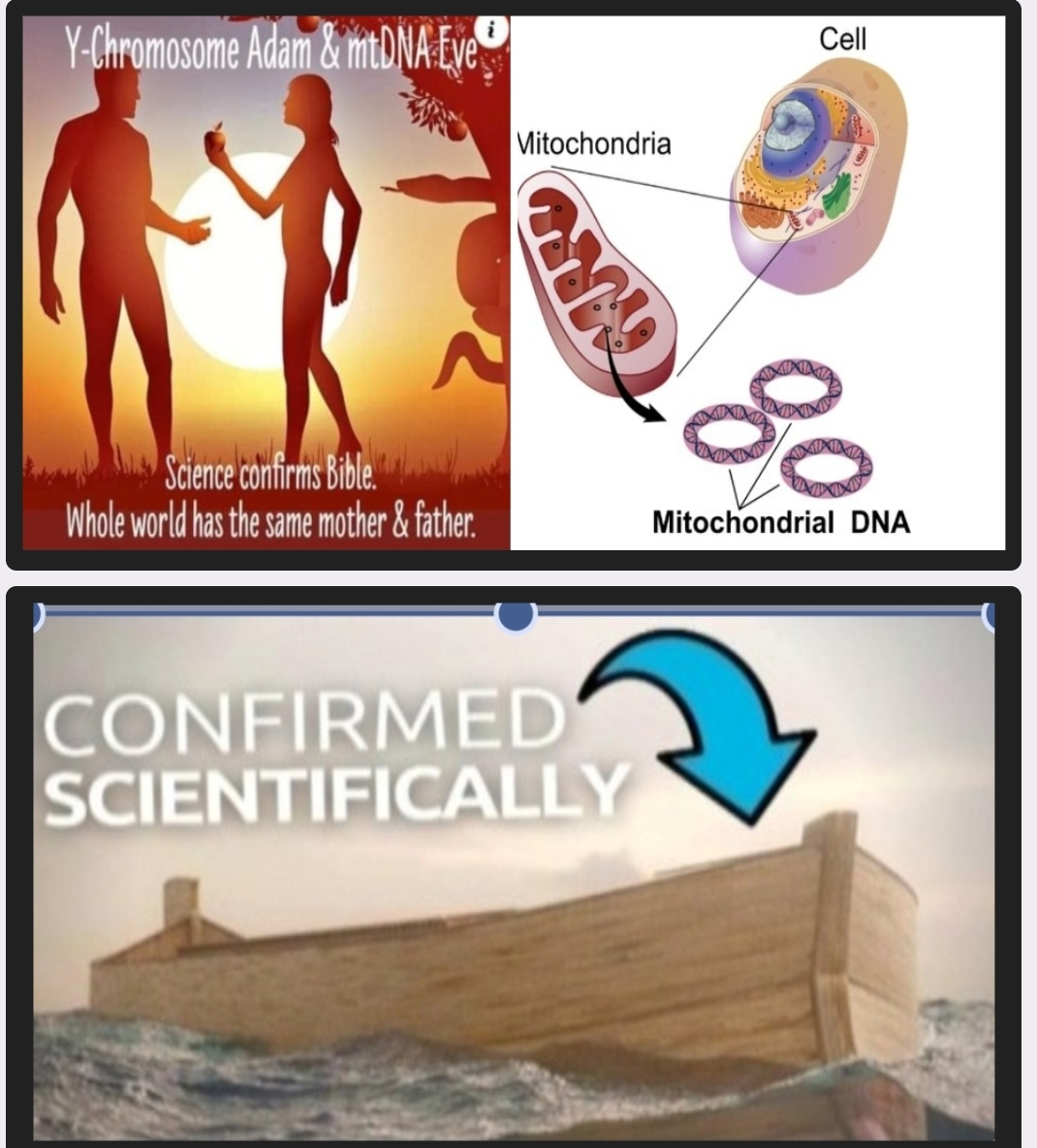The Phosphorus Paradox: A Cosmic Leap from Elements to Life
The discovery of phosphorus on comets, those icy wanderers of the cosmos, has ignited excitement and speculation about the origins of life. After all, phosphorus is a crucial component of DNA, the very blueprint of life as we know it. Its presence on comets, alongside other essential elements like carbon, hydrogen, oxygen, nitrogen, and sulfur (collectively known as CHNOPS), seems to support the idea that life's building blocks might have been delivered to Earth from outer space.
But while the presence of phosphorus on comets is undoubtedly significant, it's important to remember that having the raw ingredients is just the first step in a long and complex journey toward life. The leap from a simple element like phosphorus to the intricate double helix of DNA is a vast one, fraught with chemical and biological hurdles that are far from trivial.
The Rosetta mission, while groundbreaking in its analysis of the comet 67P/Churyumov–Gerasimenko, did not discover all the building blocks of life.
What Rosetta Did Find: The Rosetta mission detected several key elements and molecules crucial for life, including phosphorus, glycine (an amino acid), and other organic compounds. These findings were significant as they suggested that comets could have potentially delivered these life-essential ingredients to early Earth.
What Was Missing: Rosetta did not find all the fundamental building blocks of life, such as all the essential amino acids or nucleobases (the building blocks of DNA and RNA). While the presence of some is suggestive, it doesn't confirm that comets alone provided everything necessary for life's emergence.
It's important to note:
Life's complexity: Life is incredibly complex, requiring a vast array of molecules and intricate interactions to function. The presence of a few key elements on a comet doesn't automatically mean that life could have originated there, or that comets were the sole source of life's ingredients on Earth.
Other potential sources: Scientists believe that life's building blocks could have also originated from other sources, such as chemical reactions in Earth's early atmosphere or hydrothermal vents.
Ongoing research: The search for the origins of life is ongoing, and missions like Rosetta provide valuable data points in this complex puzzle.
Overall, the Rosetta mission significantly advanced our understanding of comets and their potential role in the delivery of life's building blocks. However, it's crucial to remember that the story of life's origins is far from complete, and many questions remain unanswered.
Phosphorus, in its elemental form, is a highly reactive substance. It doesn't exist in isolation in nature but readily combines with other elements to form compounds. On Earth, phosphorus is primarily found in the form of phosphates, which are essential for various biological processes, including energy transfer, cell signaling, and the formation of DNA and RNA.
However, the phosphates found in living organisms are not the same as the phosphorus compounds detected on comets. Cometary phosphorus is likely present in the form of phosphides, which are much less stable and more reactive than phosphates. Converting phosphides into biologically useful phosphates requires a series of chemical reactions that are unlikely to occur spontaneously in the harsh conditions of space.
Moreover, even if phosphates were somehow formed on comets, they would still need to be incorporated into the complex molecular machinery of life. DNA is not just a random assortment of phosphates but a highly organized structure with a specific sequence of nucleotides that encodes genetic information. The assembly of DNA requires enzymes and other cellular components that are themselves the products of millions of years of change.
In other words, the presence of phosphorus on comets is a necessary but not sufficient condition for the emergence of life. It's like having all the ingredients for a cake but lacking the recipe and the oven. The ingredients alone won't magically transform into a cake without the right conditions and processes.
This is not to say that the discovery of phosphorus on comets is unimportant. On the contrary, it provides valuable clues about the chemical composition of the early solar system and the potential sources of life's building blocks. It also raises intriguing questions about the possibility of life existing elsewhere in the universe, perhaps on planets or moons that have been seeded with organic compounds from comets or asteroids.
But it's crucial to avoid jumping to conclusions and oversimplifying the complex processes that led to the origin of life. The presence of phosphorus on comets is a tantalizing piece of the puzzle, but it's just one piece among many. Understanding how life emerged from inanimate matter remains one of the greatest mysteries of science, and it will likely require a multidisciplinary approach that combines insights from astronomy, chemistry, biology, and geology.
The discovery of phosphorus on comets is a reminder that the universe is full of surprises and that the search for life beyond Earth is a journey worth pursuing. But it's also a cautionary tale against oversimplification and a call for continued exploration and rigorous scientific inquiry. After all, the origin of life is not a simple matter of mixing ingredients; it's a complex symphony of chemistry and evolution that has taken billions of years to unfold.





Comments
Post a Comment